If you’re looking for a flavorful, nutrient-dense berry that’s easy to grow and rewards you with abundant harvests year after year, black currants (Ribes nigrum) are a fantastic choice. These small, glossy, deep-purple berries are packed with vitamin C, antioxidants, and a bold, tart flavor perfect for jams, syrups, wines, and fresh eating for those who love their unique taste.
Long cherished in Europe, black currants are gaining popularity in the USA — especially in northern states where their cold-hardy nature and productive yields shine. In this complete guide, we’ll walk you through everything you need to know about growing black currants in your home garden, from choosing the right variety to planting, care, pest management, and harvesting.
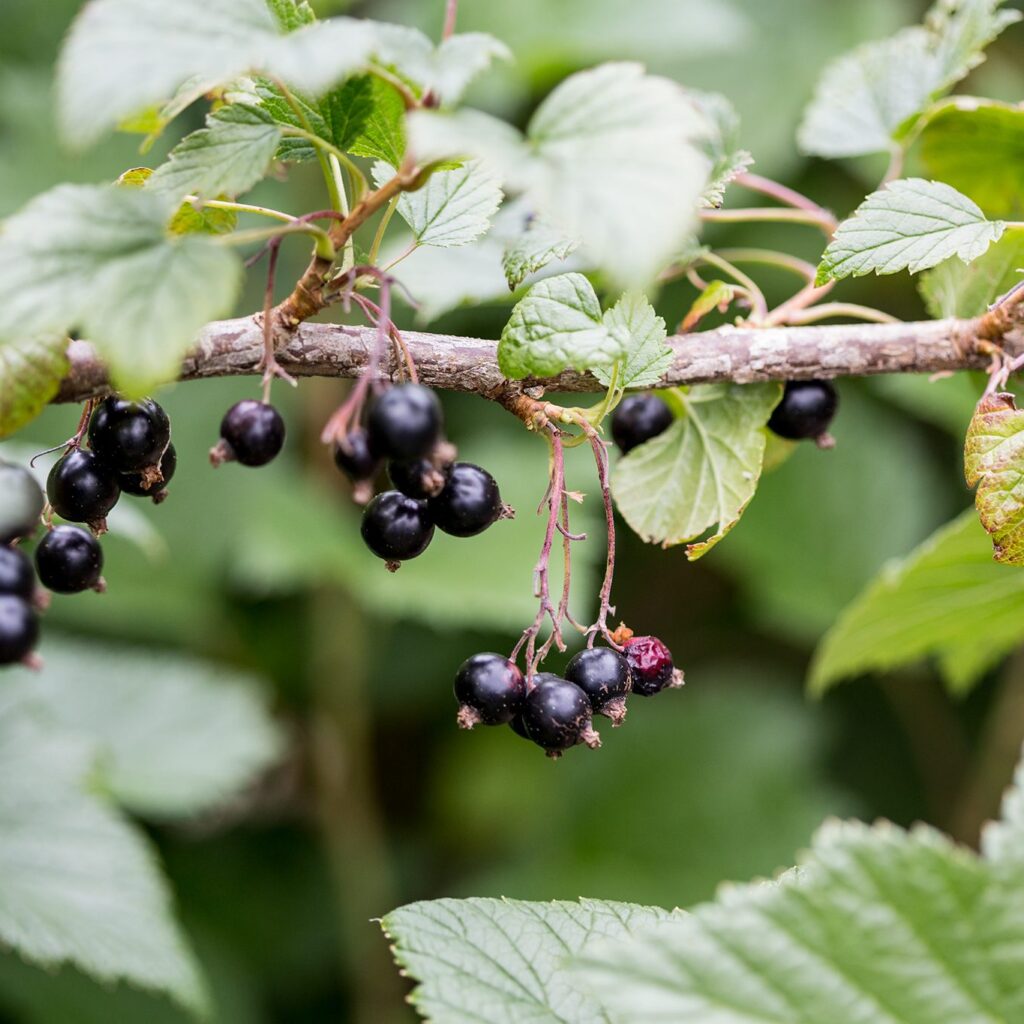
Why Grow Black Currants?
Black currants offer several unique benefits that make them a prized addition to any garden:
- High Nutritional Value: Rich in vitamin C (4x more than oranges), antioxidants, potassium, and iron.
- Cold-Hardy: Tolerate frigid winters (USDA zones 3–7).
- Low Maintenance: Once established, they require minimal intervention.
- Attractive Shrubs: Beautiful foliage and clusters of glossy berries.
- Versatile Uses: Perfect for preserves, cordials, pies, and health tonics.

Best Black Currant Varieties to Grow
Not all black currants are created equal. Choose disease-resistant and productive varieties suitable for your growing region. Top picks include:
- ‘Consort’ — An American variety resistant to white pine blister rust with good flavor.
- ‘Ben Lomond’ — A heavy producer with large, sweet berries and high disease resistance.
- ‘Titania’ — Popular for its vigorous growth and excellent resistance to mildew and rust.
- ‘Crandall’ — Native to North America with larger berries and a milder flavor.
Always purchase certified disease-free plants from reputable nurseries to ensure plant health.
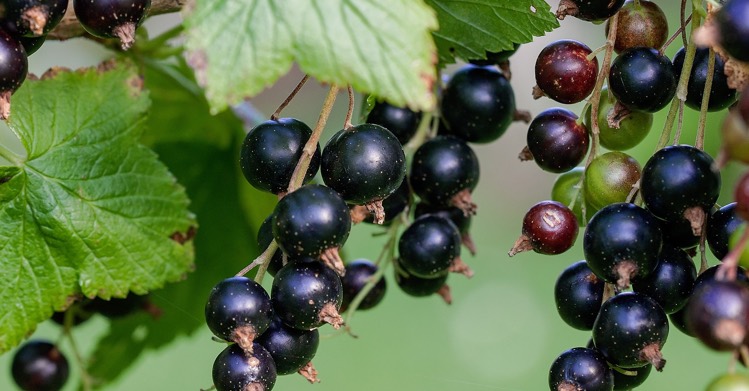
Ideal Growing Conditions for Black Currants
To grow strong, productive black currant bushes, pay attention to their basic needs:
Sunlight
- Thrive in full sun to partial shade.
- In warmer zones, they appreciate afternoon shade to prevent heat stress.
Soil
- Prefer moist, well-drained soil.
- Optimal pH range: 6.0–6.5, slightly acidic.
- Enrich soil with compost, aged manure, or organic matter to improve structure and fertility.
Climate
- Best suited for cooler regions with cold winters and mild summers.
- Require chilling hours during winter dormancy for successful flowering and fruiting.
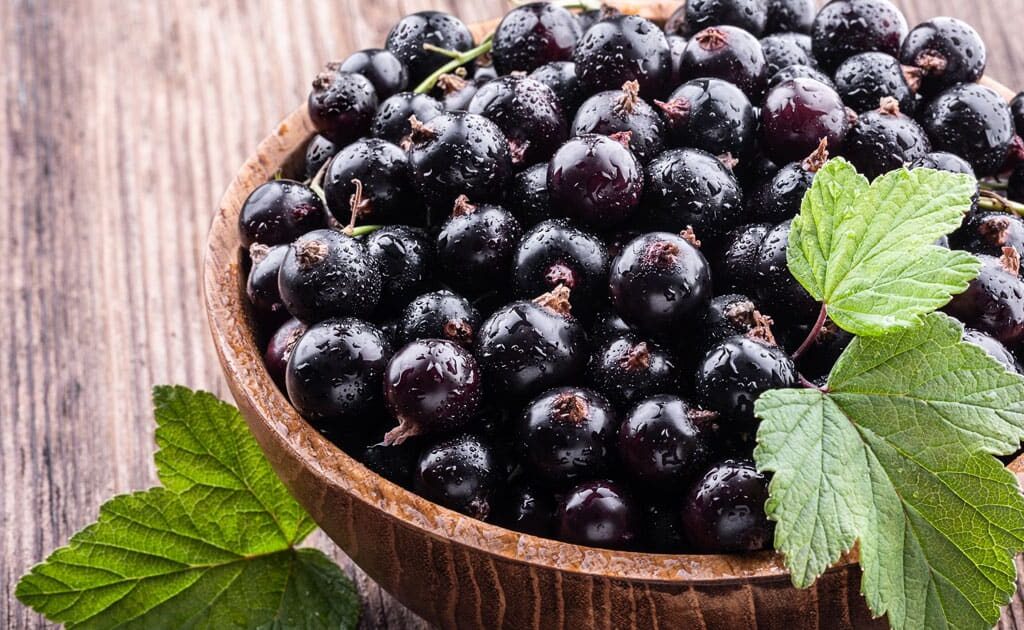
How to Plant Black Currants
When to Plant
- Plant bare-root or potted currants in early spring while dormant.
- In milder regions, late fall planting is also successful.
Planting Steps
- Prepare the site: Loosen soil and mix in organic compost.
- Dig a hole: Twice as wide as the root system and deep enough for roots to spread naturally.
- Position the plant: Set it 2 inches deeper than its nursery depth to encourage basal shoot growth.
- Spacing: Plant bushes 4–5 feet apart in rows 6 feet apart.
- Water thoroughly: Settle soil around the roots.
- Mulch: Apply a thick layer of organic mulch (straw, wood chips) to retain moisture and suppress weeds.
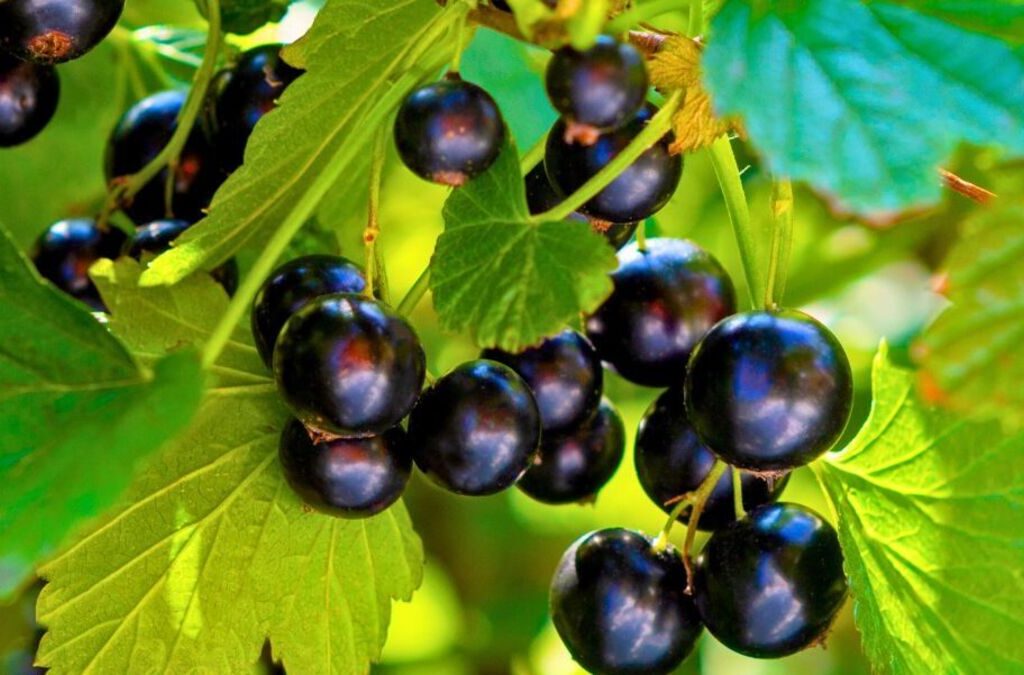
Caring for Black Currants
Watering
- Require consistent moisture, especially during flowering and fruit development.
- Avoid waterlogged soils to prevent root rot.
- Use drip irrigation or a soaker hose to keep foliage dry and reduce fungal disease risks.
Fertilizing
- Apply a balanced 10-10-10 fertilizer in early spring.
- Top-dress with compost or aged manure annually.
- Avoid high-nitrogen fertilizers as they encourage leafy growth at the expense of fruit.
Pruning
Regular pruning is essential for maintaining plant health, productivity, and airflow.
Pruning Tips:
- Prune in late winter or early spring before new growth appears.
- Remove dead, diseased, or weak wood.
- Cut out canes older than 3-4 years to promote fresh, vigorous growth.
- Aim to maintain 8-12 healthy canes per bush of mixed ages.
Pro Tip: Black currants produce best on 1- to 3-year-old wood.
Common Pests and Diseases
Pests
- Aphids: Cause distorted leaves and sticky residue. Control with insecticidal soap or neem oil.
- Currant borer: Larvae tunnel into stems, causing dieback. Prune and destroy affected canes.
- Spider mites: Thrive in hot, dry conditions. Increase humidity and apply organic miticides if necessary.
- Birds: Love ripe berries. Use bird netting during fruit ripening.
Diseases
- Powdery mildew: White, powdery coating on leaves and fruit. Choose resistant varieties like ‘Titania’ and improve airflow through pruning.
- Leaf spot: Causes brown spots and premature leaf drop. Remove affected leaves and apply organic fungicides.
- White pine blister rust: A fungal disease affecting both currants and white pines. Grow resistant varieties and avoid planting near five-needle pines.
Harvesting and Storing Black Currants
When to Harvest
- Typically ripen mid to late summer, depending on variety and location.
- Harvest when berries are fully black, glossy, and slightly soft.
- Pick entire clusters using scissors or pruners for best results.
Pro Tip: Black currants don’t continue to ripen after picking, so wait until fully ripe for peak flavor.
Storage
- Fresh currants keep up to a week in the refrigerator.
- Freeze for longer storage: spread cleaned berries on a baking sheet, freeze individually, then transfer to freezer bags.
- Ideal for making jams, syrups, pies, and wine.
Propagating Black Currants
Propagation is simple and economical using hardwood cuttings:
- In late fall to winter, take 8-12 inch cuttings from healthy, disease-free canes.
- Insert cuttings into prepared soil, leaving two buds above ground.
- Keep soil moist over winter.
- New roots form by spring, and plants can be transplanted the following fall.
Growing Black Currants in Containers
Limited on garden space? Black currants adapt well to containers.
- Use a large pot (18-24 inches in diameter).
- Fill with high-quality, well-draining potting mix.
- Place in a sunny spot with afternoon shade in hotter regions.
- Water consistently, ensuring soil remains evenly moist.
- Apply slow-release organic fertilizer or liquid feed monthly during the growing season.
- Prune annually to manage size and promote new fruiting canes.
Black Currant Growing Calendar (Zones 3-7)
| Month | Task |
|---|---|
| March-April | Plant new currants, prune established bushes |
| May | Apply mulch, monitor pests, fertilize |
| June-July | Watch for ripening fruit, net against birds |
| July-August | Harvest berries, remove old canes after harvest |
| September | Apply compost, take hardwood cuttings |
| December-Feb | Prune dormant bushes, propagate cuttings |
Final Thoughts
Growing black currants in your home garden is a rewarding experience, offering you a steady supply of flavorful, nutrient-rich berries for years to come. These hardy shrubs thrive in cool climates, are low-maintenance once established, and serve as both ornamental and edible additions to your landscape.
By choosing the right variety, providing rich soil and consistent moisture, practicing annual pruning, and managing common pests naturally, you’ll be well on your way to enjoying abundant harvests of this old-world favorite.
Ready to get started? Pick your favorite variety, prepare a sunny garden spot, and plant your black currant bush this season — your future harvest awaits!

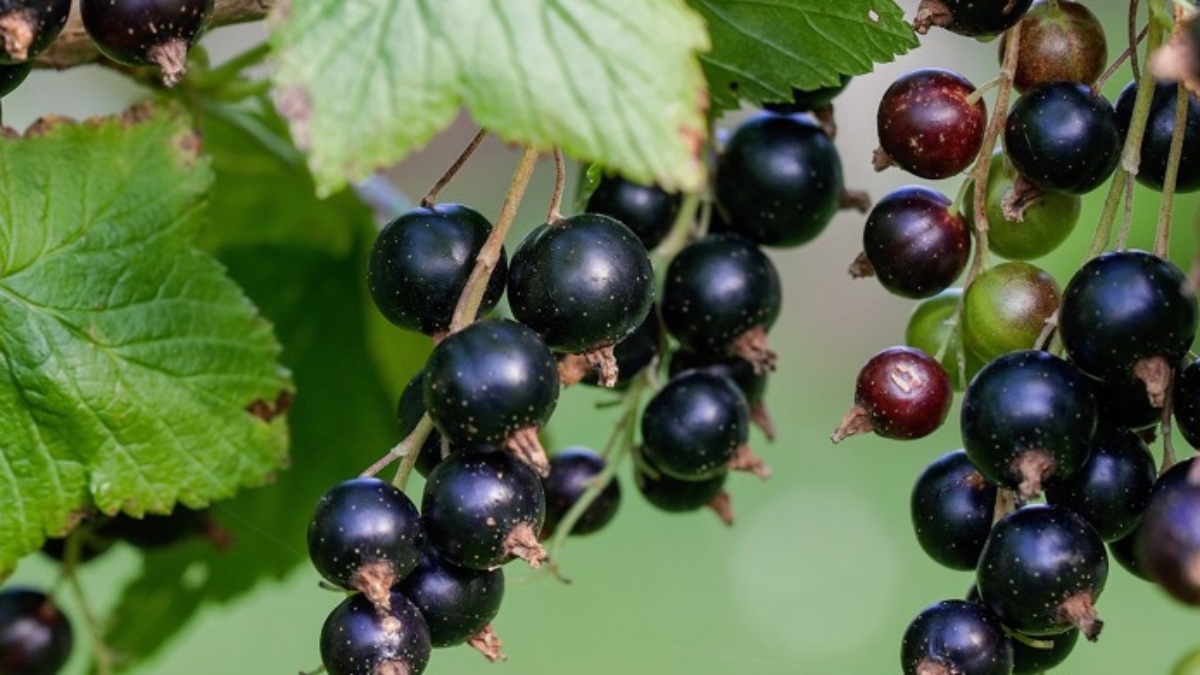




Leave A Comment